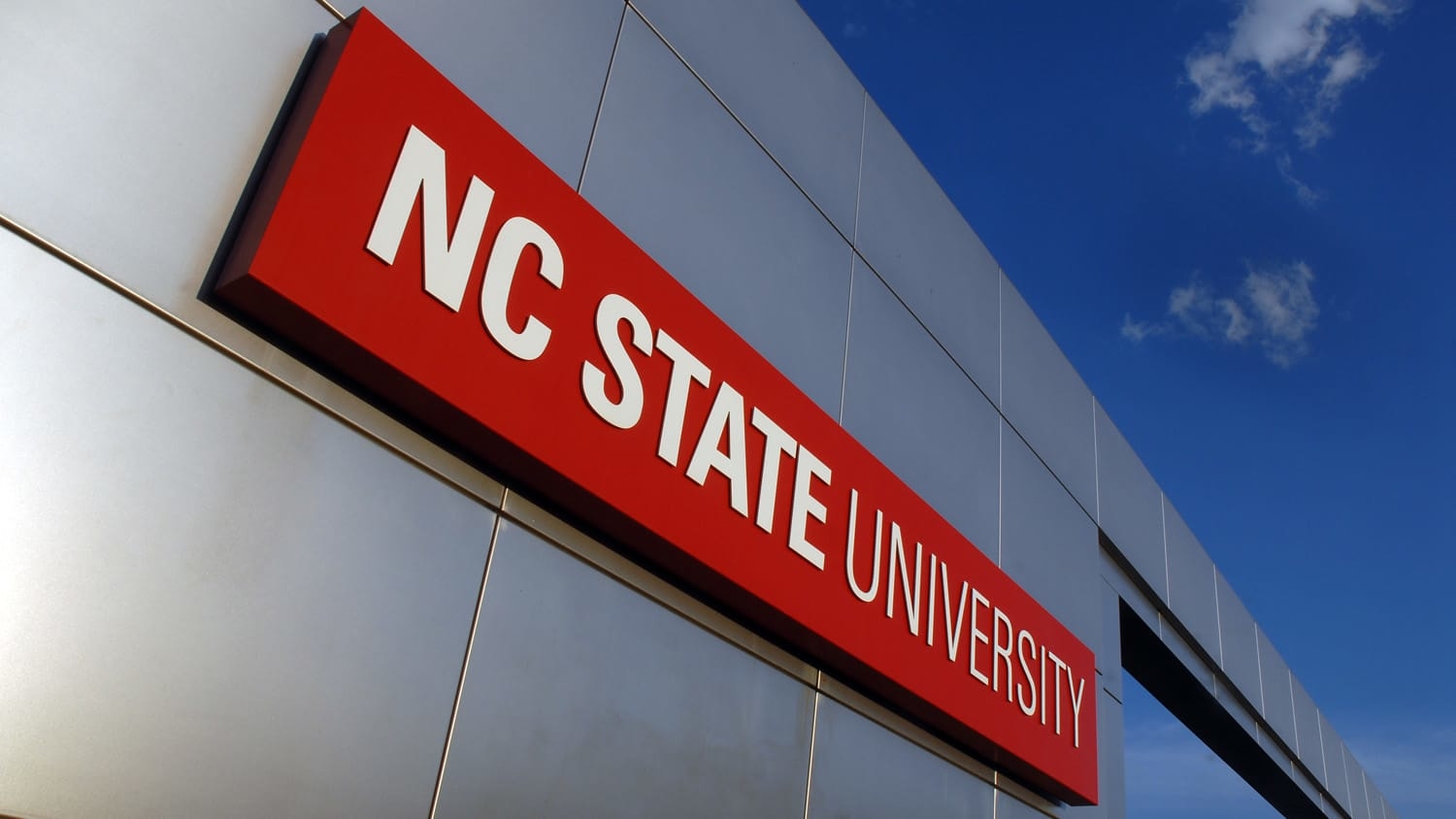NSF Announces Raleigh and Cary as Testbed Sites for Advanced Wireless
NC State to lead research aimed at creating a more flexible and adaptable 5G network

Fifth generation (5G) wireless networks hold promise to be as much as 10 times more efficient than current 4G networks, with faster speeds and higher capacity to support many more data connections than previously possible.
To ensure the nation’s leadership in 5G, the National Science Foundation (NSF) and an industry consortium have invested $100 million over the next seven years to build specialized wireless networks for U.S. researchers to test new ways of increasing wireless speed and capacity.
North Carolina’s Research Triangle region has been selected to host the third wireless platform.
“The platform will enable significant research into the wireless communications capabilities necessary for autonomous drone and mobility systems,” says Erwin Gianchandani, NSF acting assistant director for computer and information science and engineering. “By enabling experiments that consider three-dimensional, highly mobile and diverse scenarios, AERPAW will be critically important for enhancing wireless networking capabilities in our communities, and for furthering the development of innovative new applications that will improve civic services and citizen safety.”
Last year, New York City and Salt Lake City were the first cities to receive funding under the NSF Platforms for Advanced Wireless Research (PAWR) initiative.
The $24 million grant over five years is called Aerial Experimentation Research Platform for Advanced Wireless, or AERPAW.
North Carolina State University will lead research for the newest regional research platform. Ismail Guvenc, associate professor of electrical and computer engineering, is the primary investigator (PI) on the project. Co-PIs on the project are: Rudra Dutta, professor and interim associate head of computer science; Brian Floyd, professor of electrical and computer engineering; Mihail Sichitiu, professor of electrical and computer engineering; and Thomas Zajkowski, flight operations manager, Institute for Transportation and Research Education.
NC State will work closely with the Wireless Research Center and researchers at Mississippi State University, Renaissance Computing Institute (RENCI) at the University of North Carolina at Chapel Hill, Purdue University and the University of South Carolina, as well as local partners including the Town of Cary, City of Raleigh and N.C. Department of Transportation to deploy the technology.
“NC State is committed to groundbreaking research that benefits our communities,” says Chancellor Randy Woodson. “We’re excited to work with our public and private partners to advance wireless communications and drone interaction.”
The platforms are designed to accelerate the development and commercialization of promising technologies, ensuring continued U.S. leadership in wireless communications, while also preparing the next-generation workforce for new job opportunities.
“On the AERPAW platform, drones and 5G are integrated to be mutually beneficial,” says NC State Vice Chancellor for Information Technology Marc Hoit. “Drones are supporting 5G by providing increased coverage and connectivity; and 5G is supporting drones by providing improved signals and location data.”
On today’s networks, fixed nodes enable 4G signals to connect to wireless devices. On the AERPAW platform, nodes will be mobile, with the ability to transmit and receive radio waves from user devices while moving on demand. For example, in the aftermath of a natural disaster such as a hurricane, existing cellular networks may be damaged. As a result, aerial base stations can position themselves to provide the best wireless coverage to victims and first responders who would otherwise have no cellular connectivity.
“Drones are not the only mobile nodes,” adds Guvenc, “NC State researchers will also be putting 5G equipment on cars, buses, golf carts and rovers for vehicle-to-vehicle communications, which will support autonomous driving and accident reduction.”
The platform also has the potential to help pilots fly drones beyond line of sight, allowing for improved air traffic control under FAA regulations.
Other potential impacts to citizens include:
- Safe package delivery for healthcare (like defibrillators and blood), as well as commercial products
- Smart agriculture applications where drones can collect data from a variety of smart sensors on a farm
“This announcement builds on the existing engineering and information technology sectors, reflecting the strength of our workforce, and creating truly unique opportunities for Raleigh and NC State,” says Raleigh Mayor Nancy McFarlane. “As Mayor, I am both proud and humbled that our City will participate in the first of this kind of research, working together to develop the technologies of the future at NC State.”
“Cary is proud to partner with so many innovation leaders in this effort,” says Cary Mayor Harold Weinbrecht. “5G technology has amazing potential to help Cary improve services and public safety for our citizens. As a smart and connected community, we also understand the impact this technology will have beyond our region, and we’re honored to have a role in its development.”
The Wireless Research Center (WRC), based in Wake Forest, N.C., will help manage the deployment of AERPAW’s wireless testbed, including supporting operation and maintenance. The center advances communications technology for companies worldwide with unique capabilities for applied research, engineering and certified testing. The WRC’s Regional Internet of Things (RIoT) initiative will provide AERPAW users with access to one of the nation’s largest communities of IoT technology solution providers and entrepreneurs.
The economic impact of 5G is expected to be significant, too. As a result of leadership in 4G, in 2016 the U.S. increased GDP by $100 billion, creating more jobs and lowering consumer costs. 5G promises an even larger impact, as the technology is predicted to enable more than $12 trillion in global economic output by 2035, based on data from IHS.
AERPAW is expected to be operational in fall 2020.
-30-


